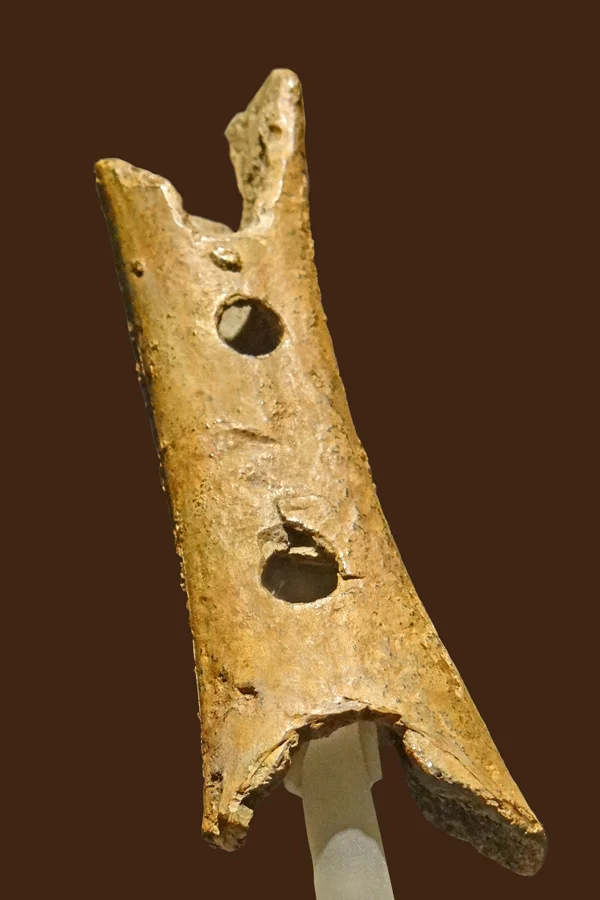The power of creative constraint
With modern studios and seemingly endless plugins and virtual instruments, creativity is almost boundless. But is this a good thing?
What is Creative Constraint?
Creative constraint is limiting creative options to make music with a certain sound and “pallet”.
Constraint is what creates and maintains musical genre, and has been a core reason for geographical musical variety.
And until quite recently, creative constraint hasn’t been a choice. It was an external factor that often could not be controlled. Most of creative constraint has been made into a choice by technology. Let’s have a look at how creative constraint has shaped musical culture. After, we can look at how to apply creative constraint to help the creative process.
Creative Constraint through the ages.
The first incidences of creative constraint appear with the dawn of human culture.
With only wood, stone and animal skin and bone to work with, there was of course a limit on sounds that could be produced. While it’s likely that the first external musical instruments were drums and percussion instruments, the oldest non-percussive instrument currently known is the Divje flute, made by neanderthals ~60 000 years ago.

The Divje Babe "flute" (CC License)
And hence, the genre Tribal Music was born. Flutes, percussion, singing and stamping. When done in a crowd this music was powerful, even transcendent. And that was working with a very narrow creative constraint.
When agricultural civilization and technology picked up pace some 50 000 years later, so did musical genre. Constraints were slowly peeled away. But not too quickly - the regional knowledge and materials available to create musical instruments did something beautiful - they created local musical fingerprints. The Sitar of India, the Harpsicord of Europe and the Kalimba of Africa - each stamped a time, atmosphere and place into the psyche of global musical culture.
But until only relatively recently, music was passed on through live performance (folk music), or written down as scores (classical music). When technology enabled recorded music, creative constraint had yet another big impact on emerging musical genre.
Recorded music
Recorded music took a while to take off - early experiments were seen as novelties, and frankly, didn’t sound great.
But as Tape and Records became mainstream, new possibilities for music creation emerged.
Two pioneers of this technology were The Beach Boys and The Beatles - both of whom made incredible soundscapes with the cutting edge music of the time. Records such as Sgt Pepper’s Lonely Hearts Club Band or Pet Sounds still sound incredible today.
And a lot of what made them sound so unique were fully external creative constraints - the recording technology, instruments as well as the cultural trends of the time - which were far less varied than today.
We can take a trip through time simply by listening to a song from each era of recorded music - from the earliest music back in 1888 to now, and we’ll hear the development of technology and culture through music.
The modern era
Today, we have nearly limitless constraints with digital technology, and a much more varied culture. But is this a good thing? Not necessarily. It can be easy to get overwhelmed by choice, making it hard to make music that sounds coherent, or making it hard to start anything at all.
This is where we can add back in Creative Constraint as a principle.
Creative Constraint
An easy way to use creative constraint is to work within the bounds of genre. Each musical genre has its own sound pallet, themes, quirks and loose rules.
While many people like to proclaim they are “free from genre”, genre can actually be quite freeing. Something that on the outside might look constraining, can be liberating on the inside, as it’s possible to still explore nearly infinite creativity within limits. And the reason to do this, is because within those limits, the art becomes coherent - it makes sense to an audience, and therefore, can resonate with them.
Further down the line, once we learn the rules of a genre and really understand it, we can construct a sound pallet that works. Working within a genre is another way of deeply understanding it. And with some understanding of genre, we can break a few rules, experiment in the real world (with musical releases) and see what happens. If we break too many rules, the music may sound incoherent. But bending or breaking a single one might just make something that is quite special.
Creative constraint can take many other forms other than genre - changing the way we use a musical instrument or plugin, creating within a certain timeframe, only using certain recording gear like a 4 track tape machine or a single synthesizer - each of these can unlock creativity and create unique art.
Constraint is your friend. And a powerful tool in the creative process.